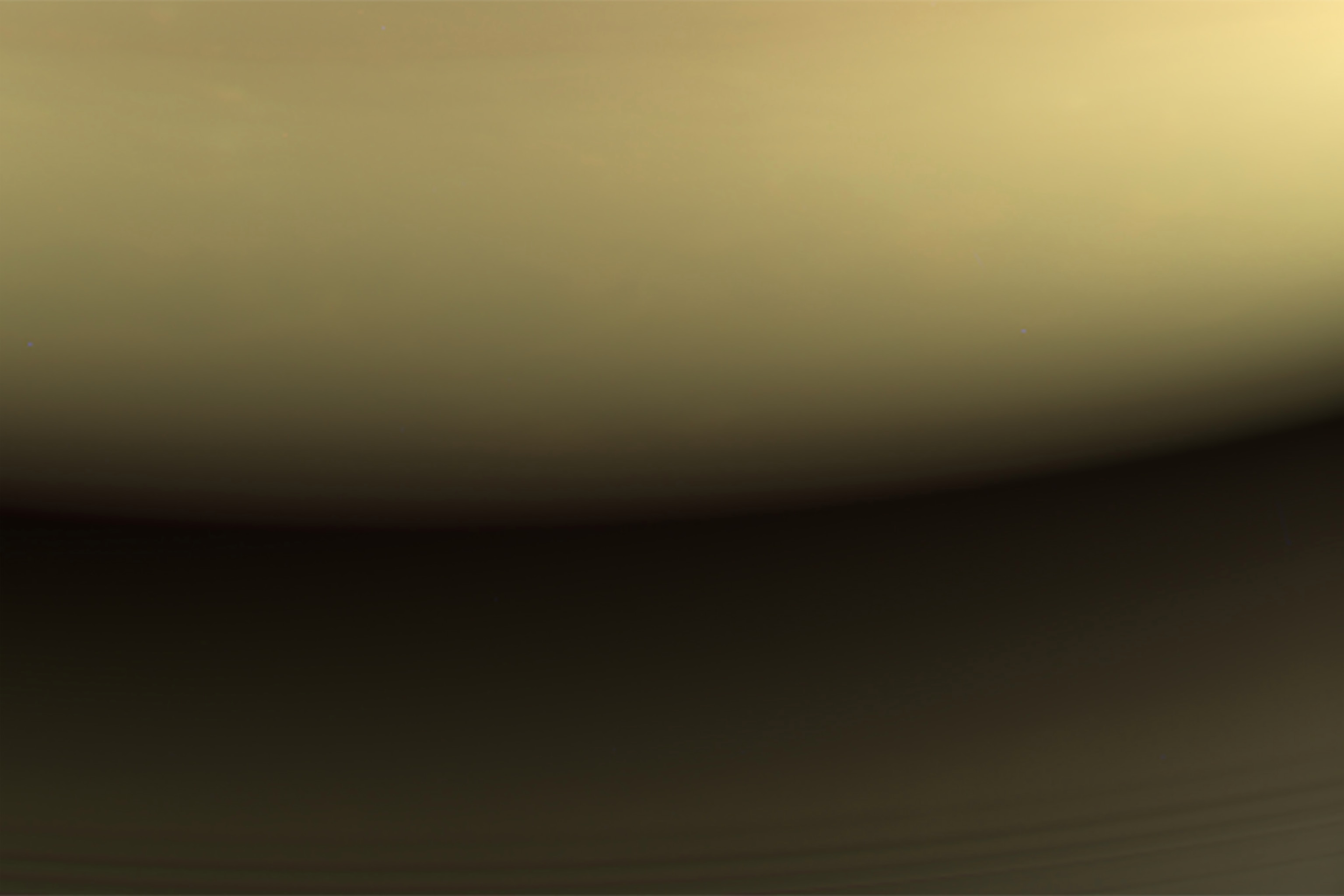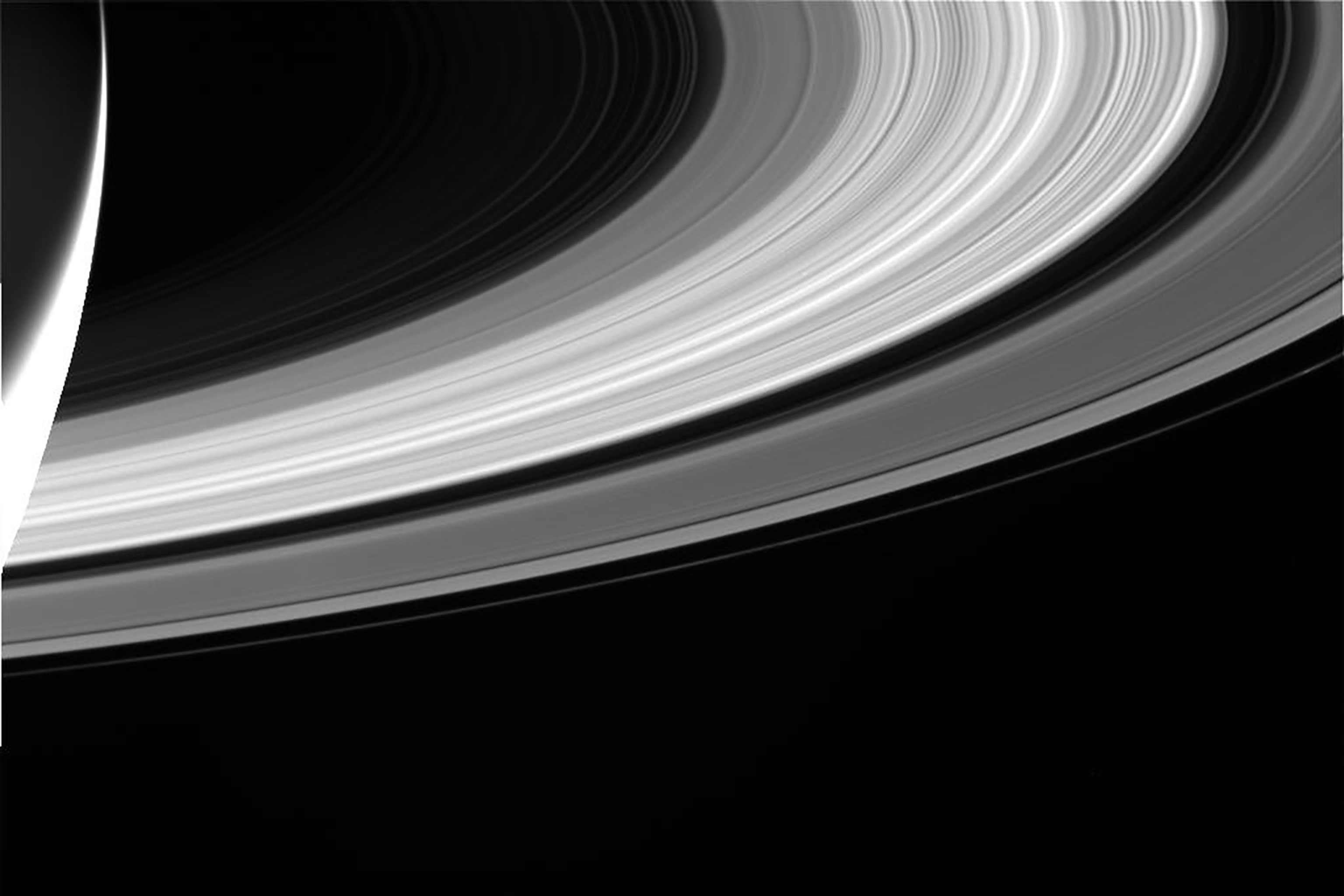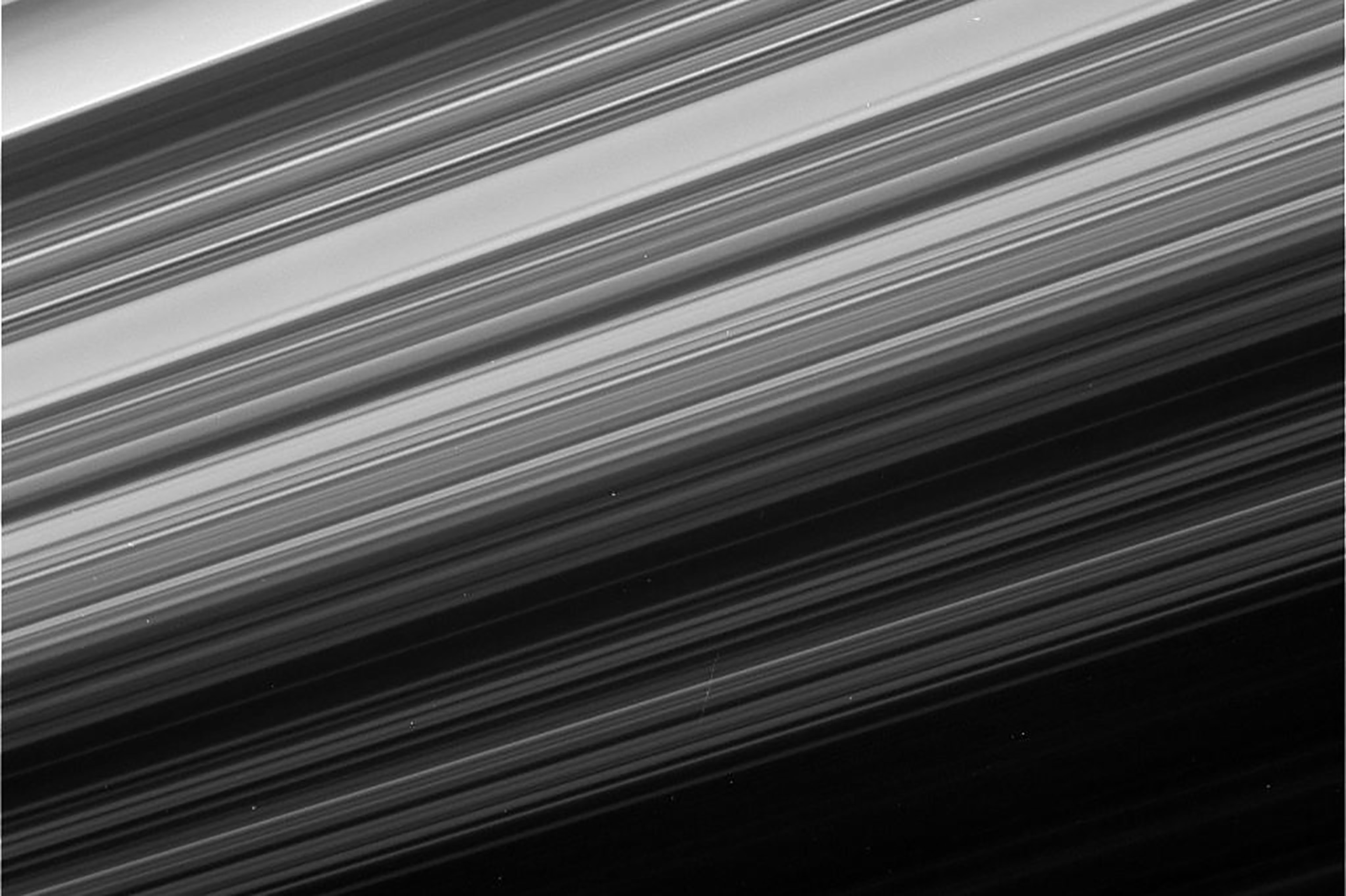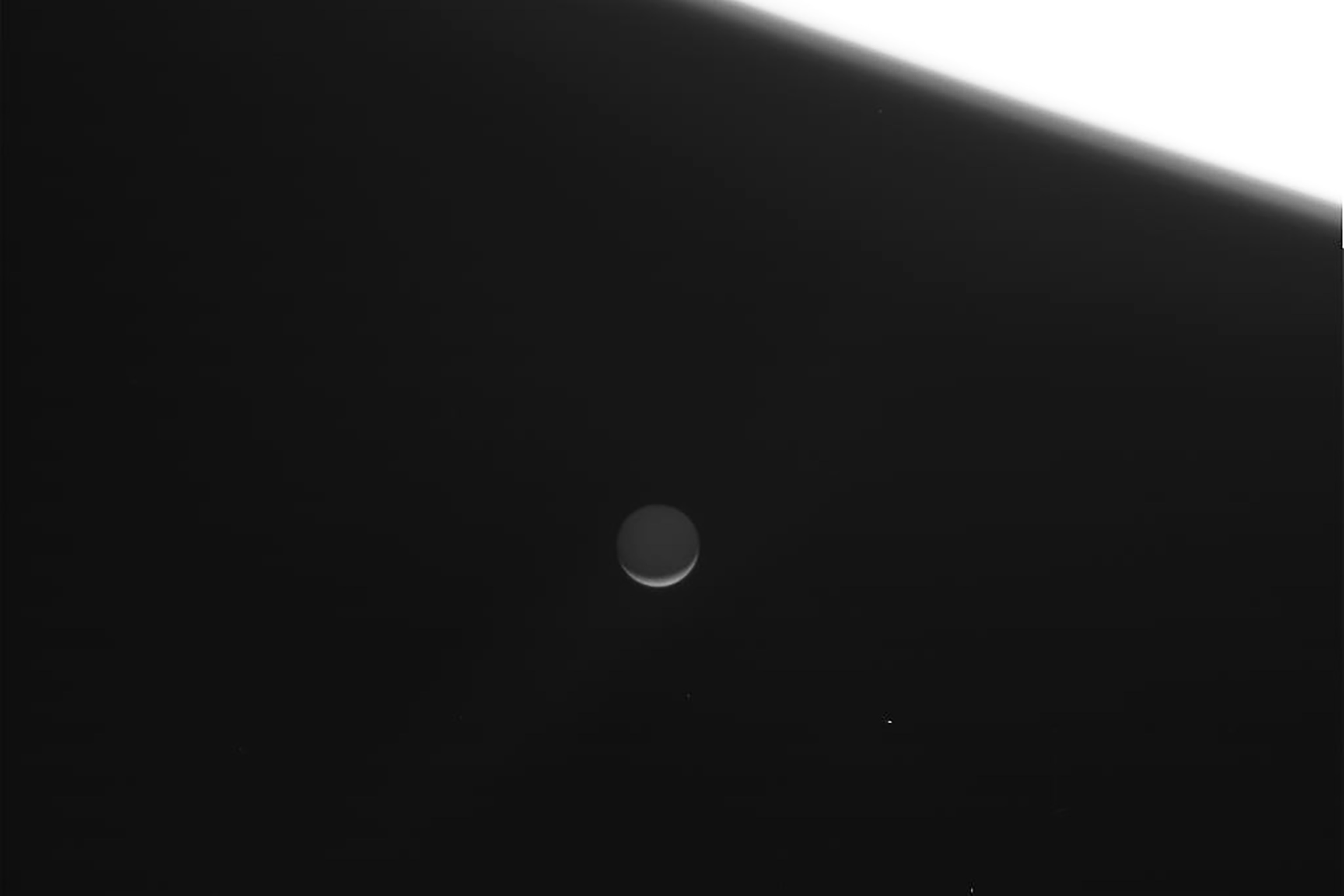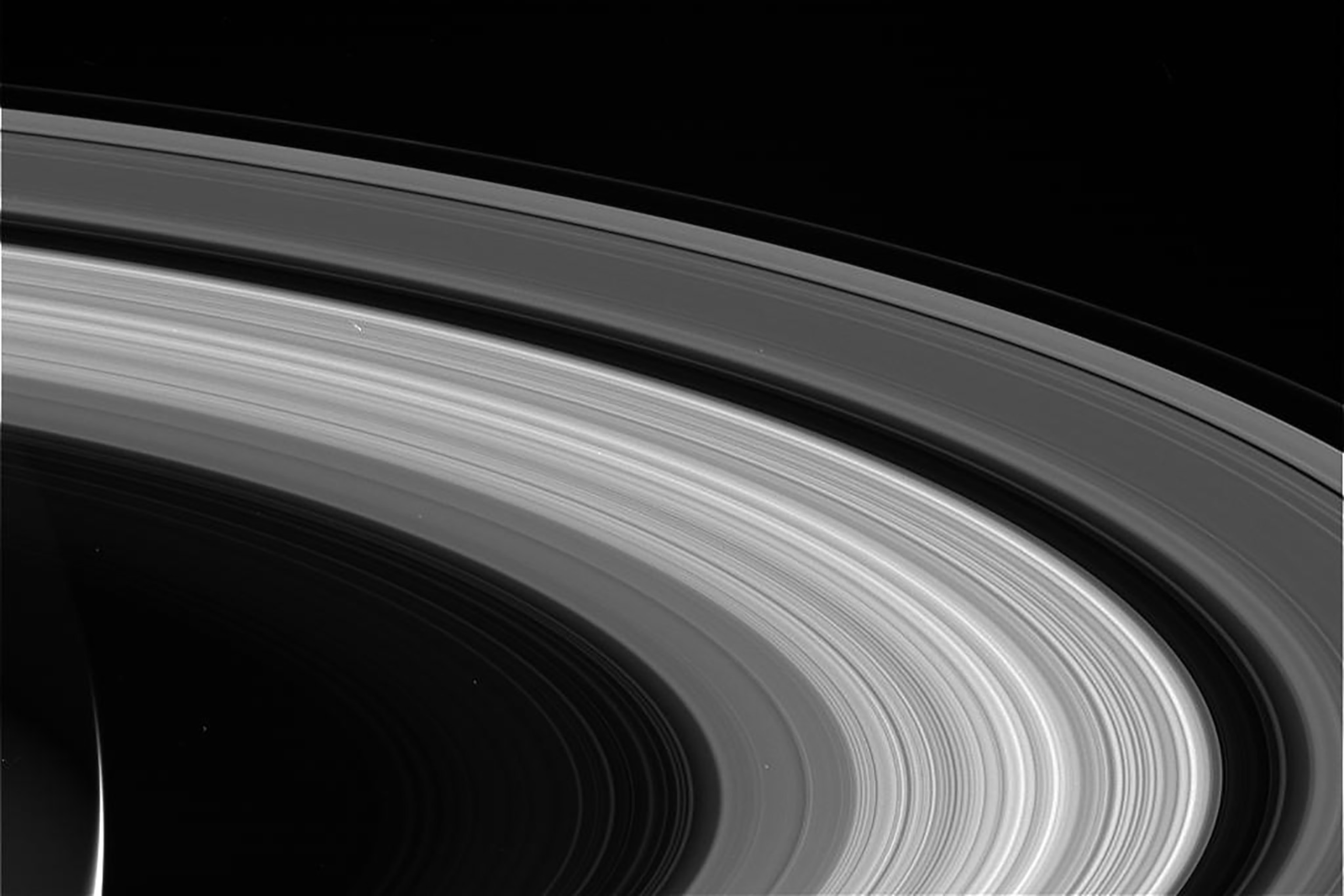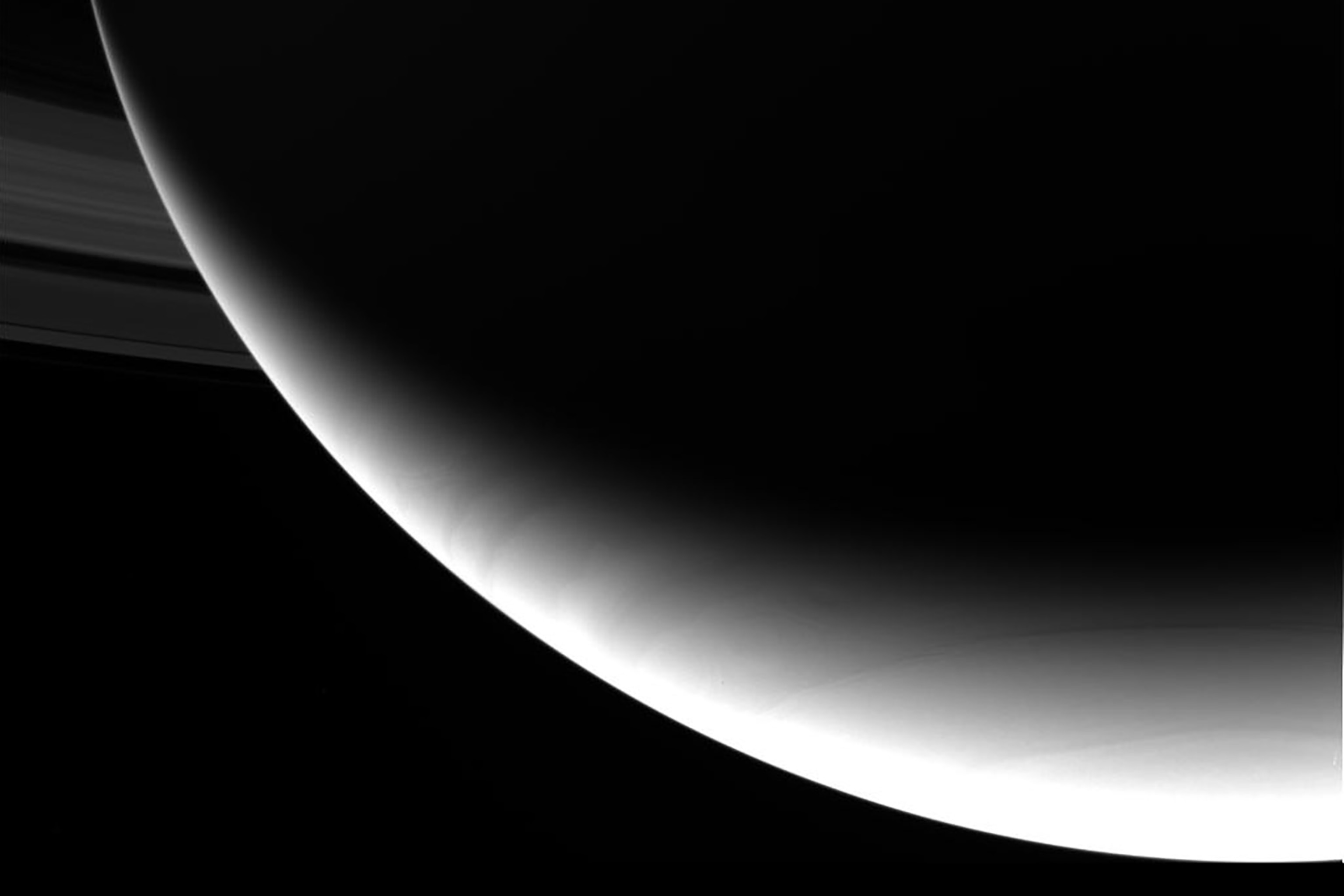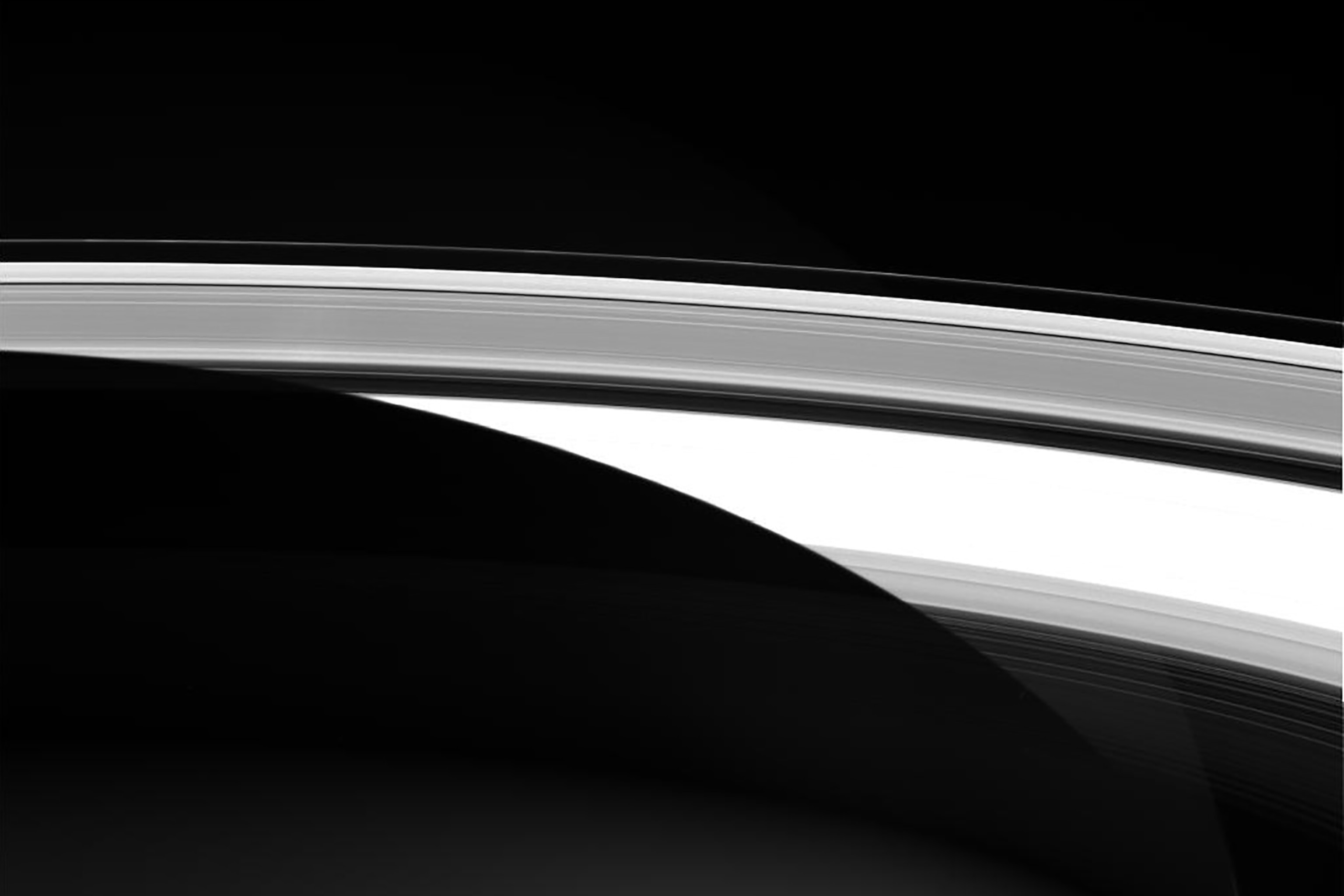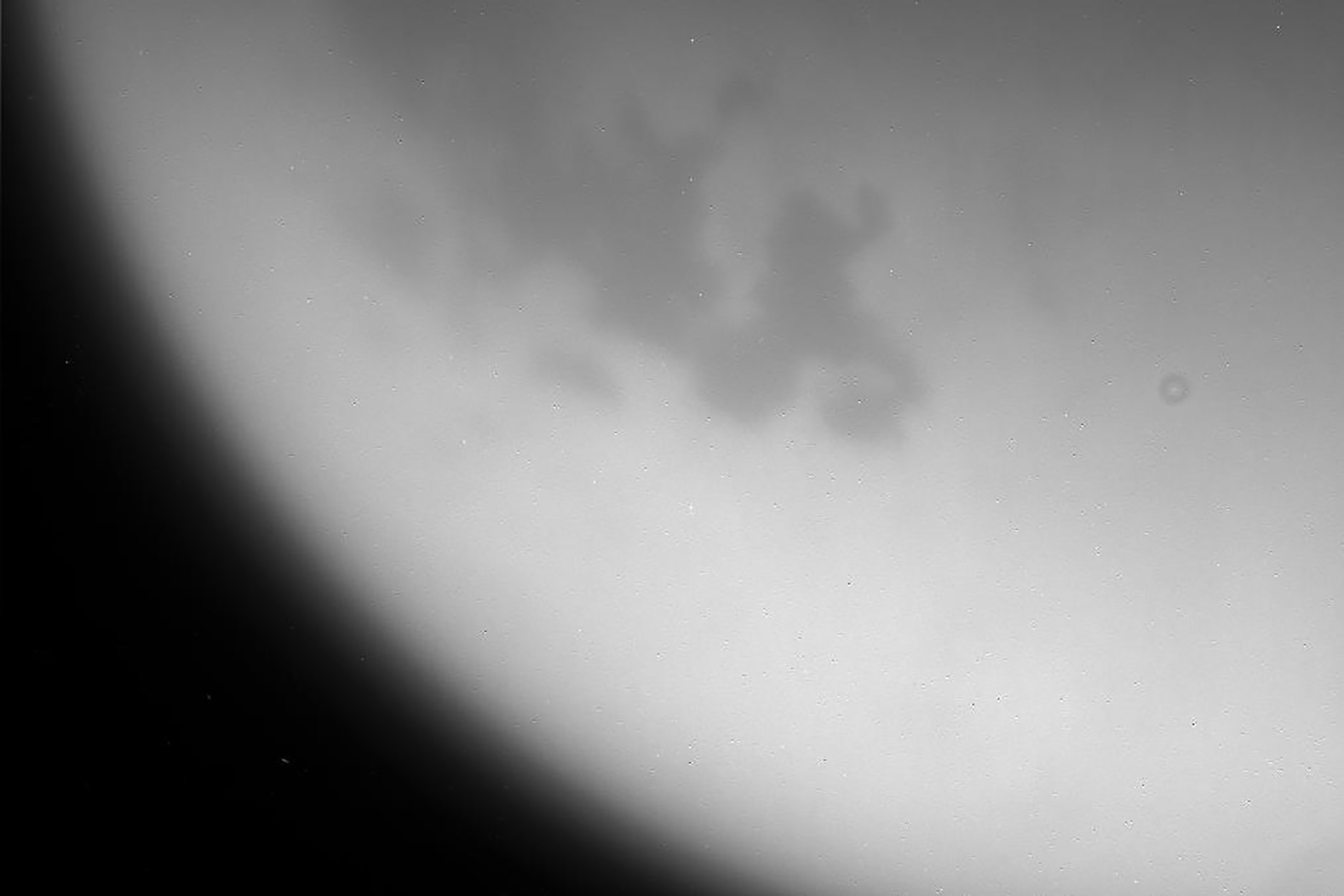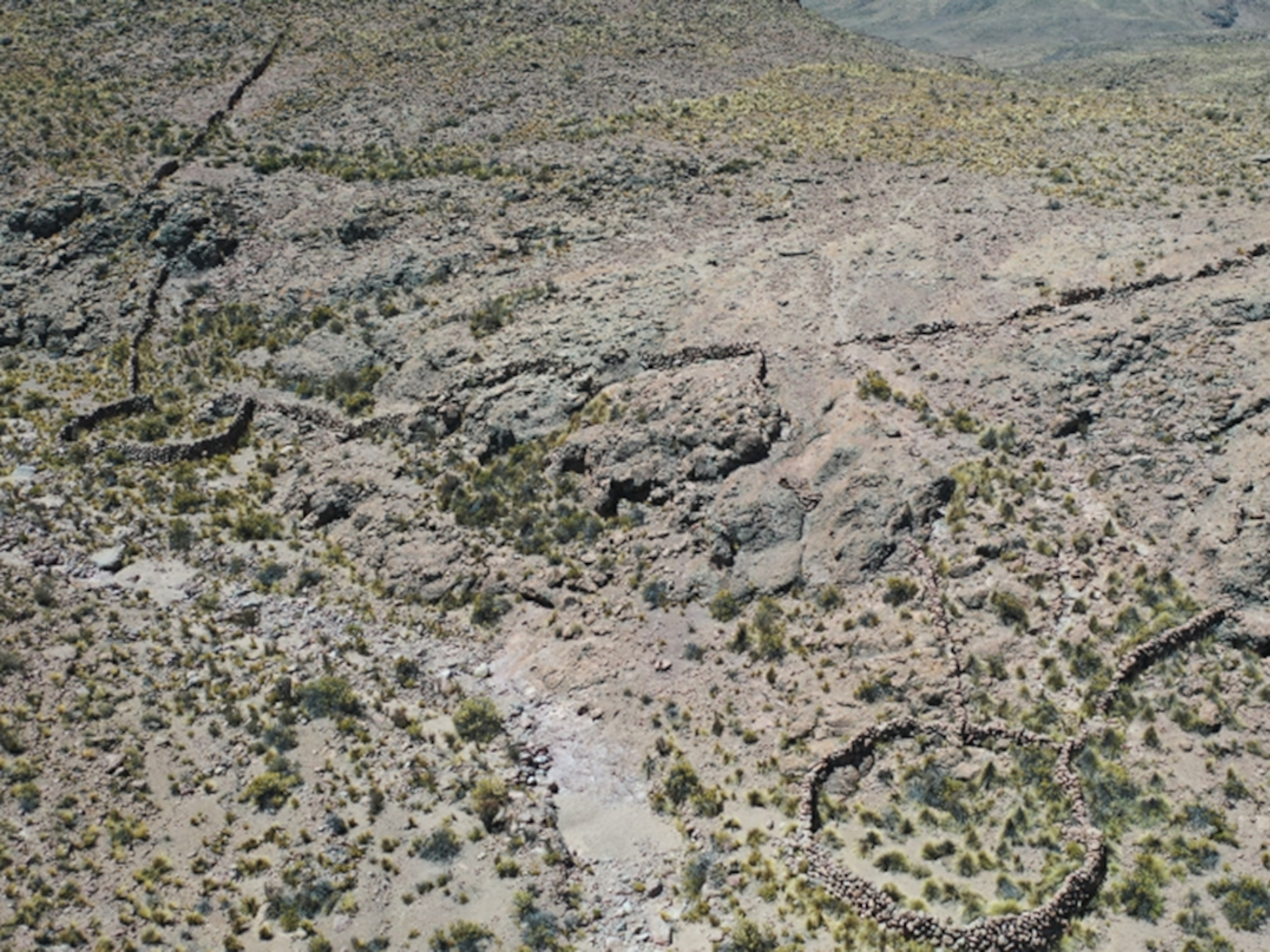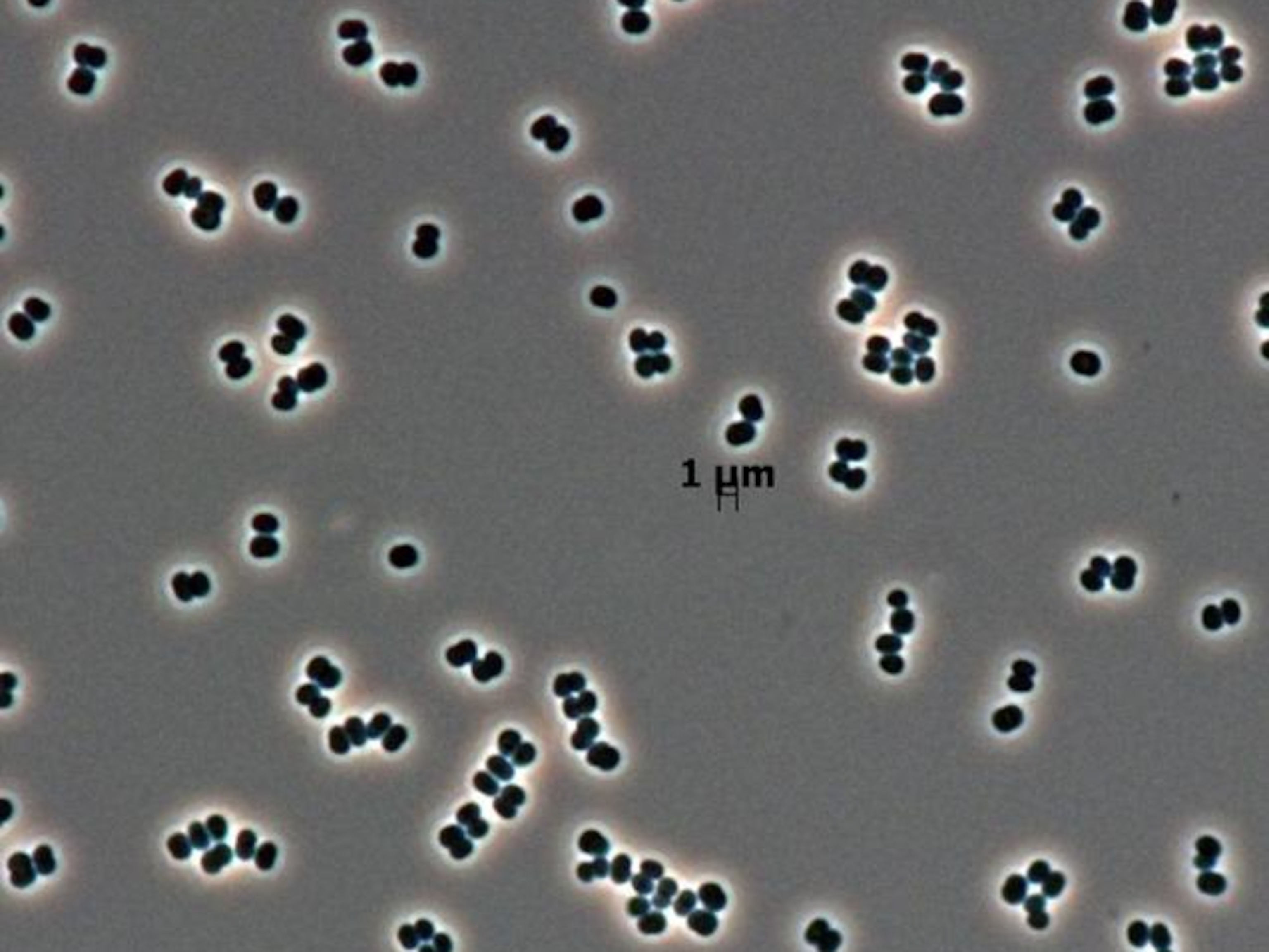How to Watch Cassini's Grand Finale at Saturn
Tune in here to see the last pictures and data beamed home from the NASA spacecraft.
Farewell, Saturn: On Friday, NASA’s Cassini spacecraft sent its last messages back home as it plummeted through Saturn’s atmosphere until it was ripped apart. This death dive marks the final phase of a 13-year mission exploring the ringed planet and its bevy of moons.
Cassini beamed back its last images on Thursday night, and it kept pinging us with its position until the wee hours of Friday morning, when its antenna turned away from Earth for the last time. (See our favorite pictures from Cassini’s mission to Saturn.)
Technically, we could not watch Cassini's final moments live: On average, Saturn is more than 800 million miles away, so it took about 83 minutes for data from the spacecraft to arrive on Earth.
But as Cassini reached its explosive grand finale, NASA was streaming live feeds from mission control at the Jet Propulsion Laboratory in Pasadena, California, where scientists received the final images and data from the spacecraft.
Here’s how to tune in to witness the spacecraft’s swan song.
- Watch live on September 15 at 7 a.m. ET as the final messages from Cassini arrive on Earth.
NASA sent Cassini to its fiery demise in an effort to keep the Saturn system clean.
The probe was about to run out of fuel, so mission managers could no longer control its path—and there was a very real risk that a wandering spacecraft could crash into one of Saturn’s many moons and contaminate it with earthly debris. (Find out how sending humans to Mars could mess up the hunt for alien life.)
Rather than take that risk, NASA decided to send Cassini on one last hurrah: an unprecedented loop between the planet and its famous rings, ending with a final dive into the gas giant itself.
On September 11, Cassini made one last close flyby of the hazy moon Titan, a strange world with a thick atmosphere and lakes of hydrocarbons that could potentially host some kind of bizarre "vinyl life." The final data from that flyby should arrive at Earth on the evening of September 12, according to NASA’s timeline for the end of the mission.
Cassini delivered its last snapshots of Saturn on the evening of September 14. Finally, at 7:55 a.m. ET on September 15, Cassini entered Saturn’s atmosphere, and people on Earth heard the last lingering echoes of a spacecraft that forever changed our view of this majestic and mysterious planet.

